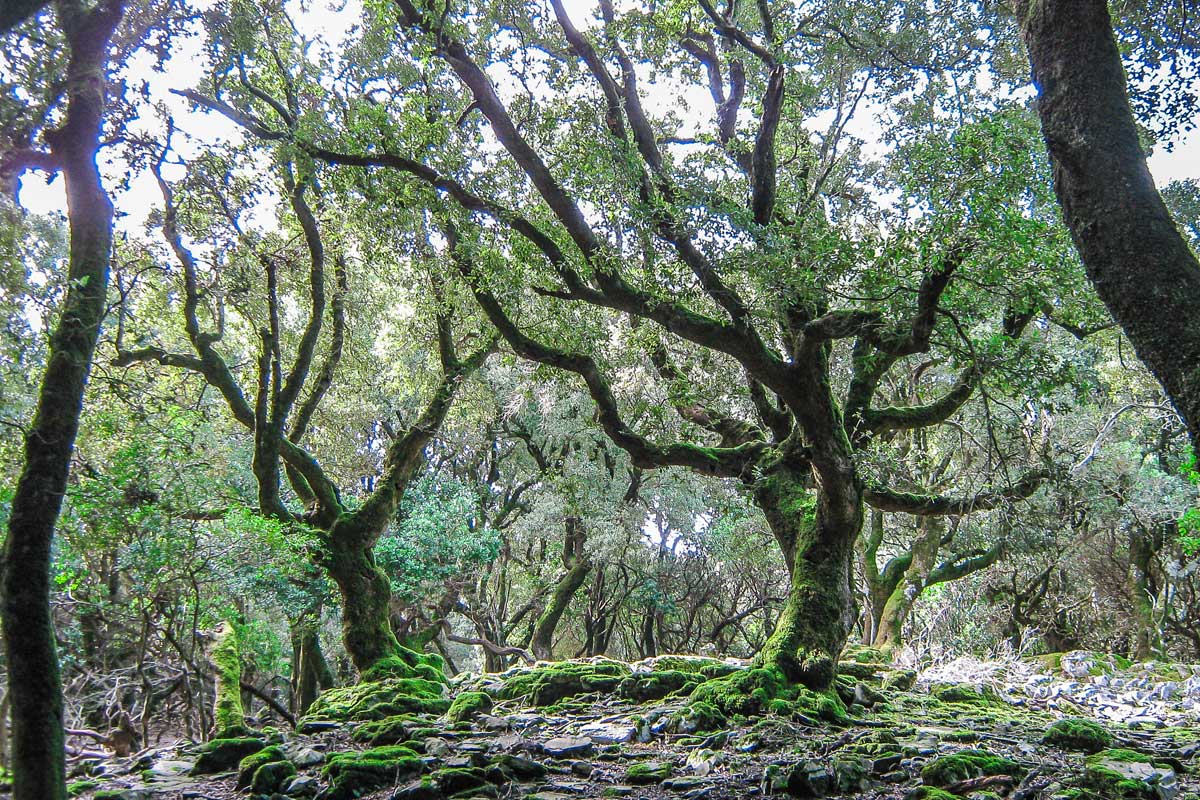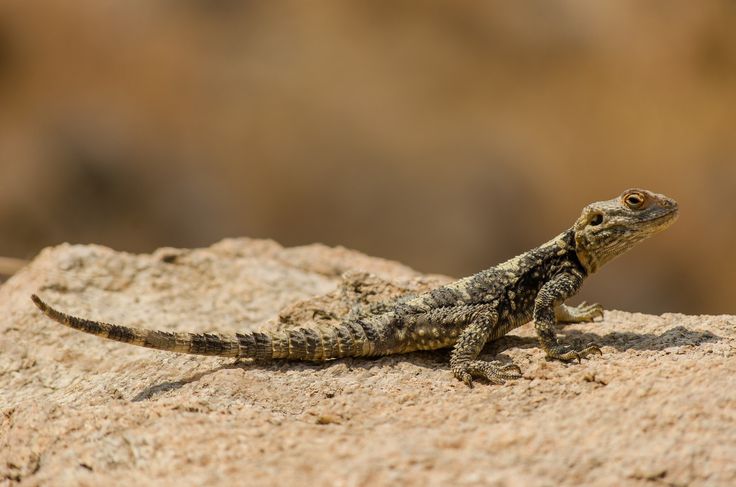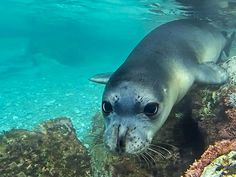Ikaria’s ecosystem

Ikaria’s wide range of geographical features favours climatic and telluric variation. From lush forests to rocky mountains to dense wetlands, Ikaria hosts a wide variety of flora and fauna. With 92 families, 401 genuses and 829 species of plants, Ikaria’s ecosystem is one of the most diverse throughout Greece.
Randi Forest, Central Ikaria
Located just west of the Athera mountain range in the central section of the island, lies the Randi Forest. Estimated to be over 200 years old, it features trees dating back to over 300 years, making it one of the oldest remaining forests throughout the eastern Mediterranean.
The protected Oak tree Quercus ilex is believed to have evolved around five million years ago.
Other species of trees found within the forest include Arbutus and Fyllyrea trees, as well as a variety of bushes, such as yew, heather and cistus.
Several animals call the forest home as well, such as the rock badger, marten, (Martes fiona), the hedgehog (Erinaceus concolor) and different types of rodents.
Atheras Mountains
With its highest point reaching an altitude of 1,042 m., the frequent occurrence of fog and mist create high levels of humidity during the entire year. Even the mountain range’s limestone cliffs shelter several types of endemic plants. Overgrazing of goats, arson (with the intent to create more grazing found) and the extension of the island’s road system, all threaten the survival of the region’s ecosystem.
As one of the island’s chief protected areas, its thick vegetation is home to several rare plant species as well as a variety of birds, amphibians and reptiles, such as the “Lizard of Ikaria” (Lacerta oertzeni certzeni).
Wetlands
The Halari Gorge is home to several rare and protected species, among which are the Turkish lizard, river otter, a rare type of freshwater crab, and a bottom-dwelling fish of the salaria genus.
Most interesting of all is the European eel, a species which migrates from America, crosses the ocean for three years before reaching the rivers of Ikaria.
The Cape of Fanari
As frequently found throughout the Mediterranean, the area consists of important sea ecosystems found along the coastline and under the water, where sea grass grows in abundance on the seafloor.
It’s an important haven for both the Mediterranean Monk seal (Monachus monachus) and the Loggerhead Sea turtle (Caretta caretta).





